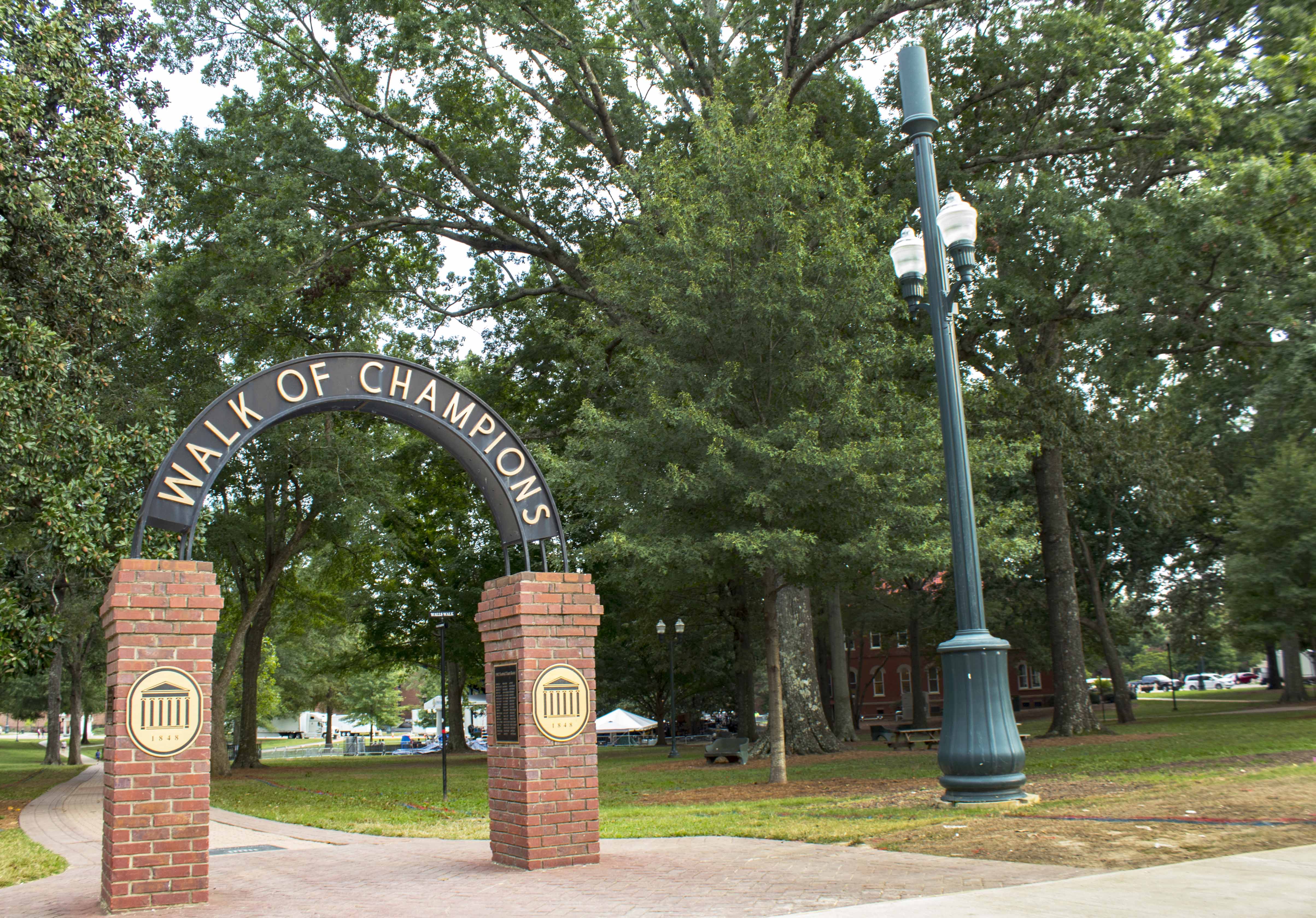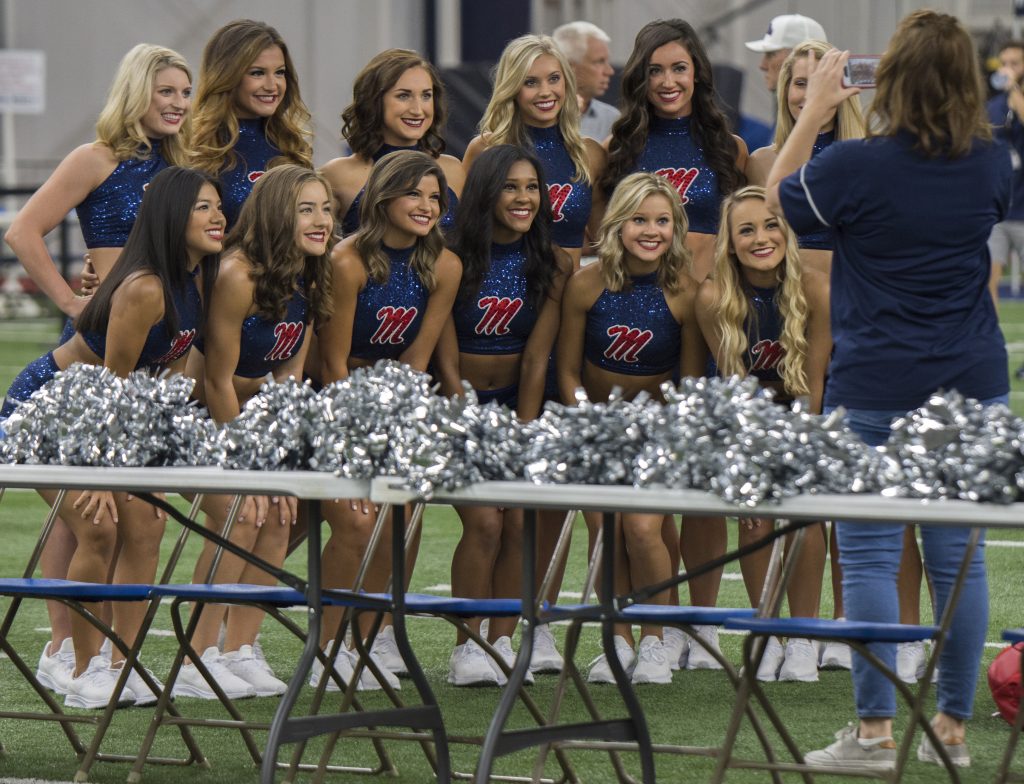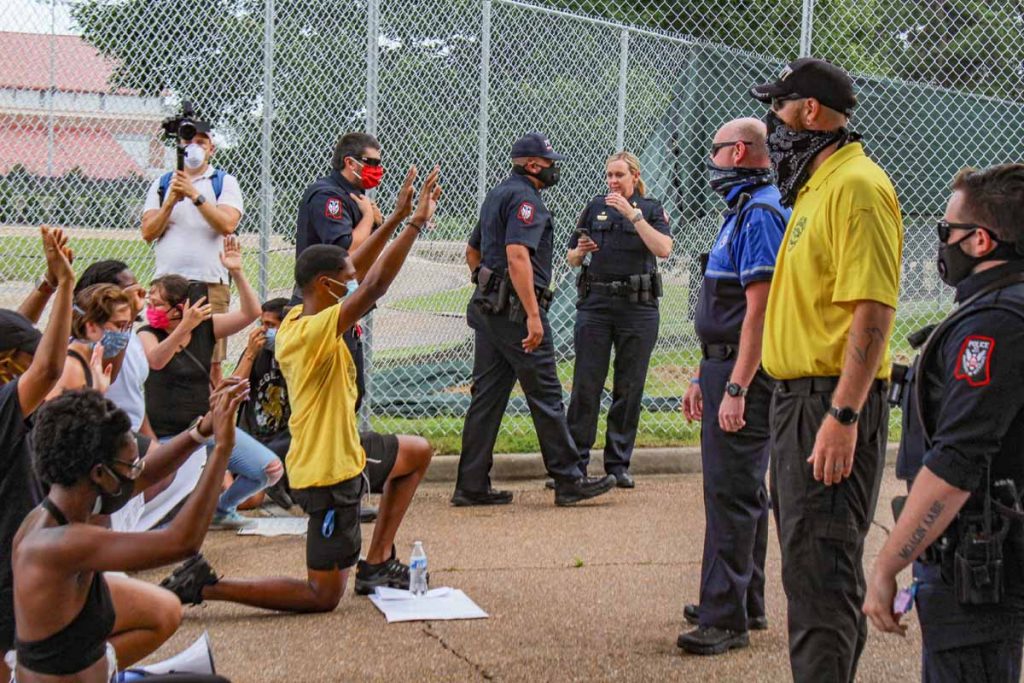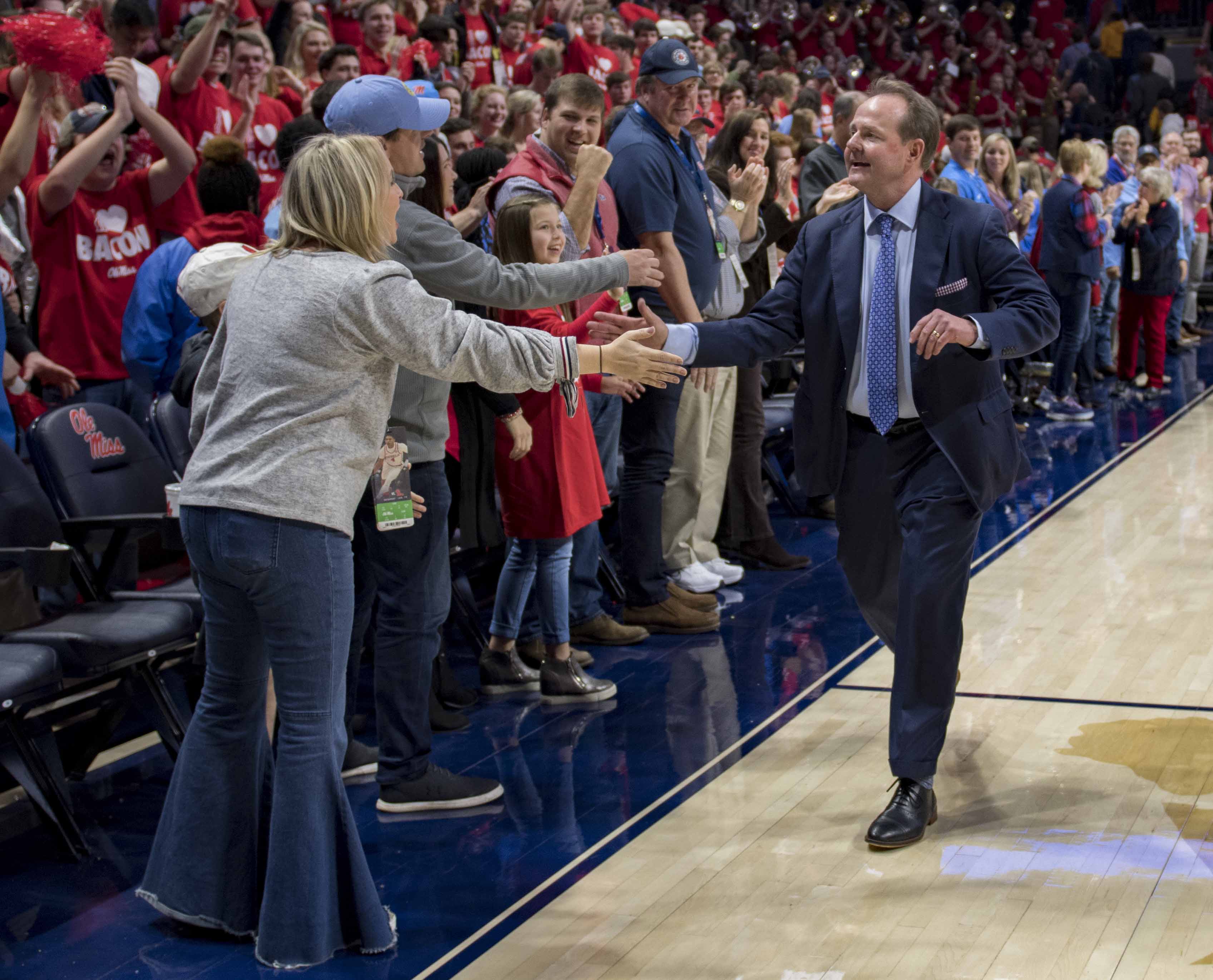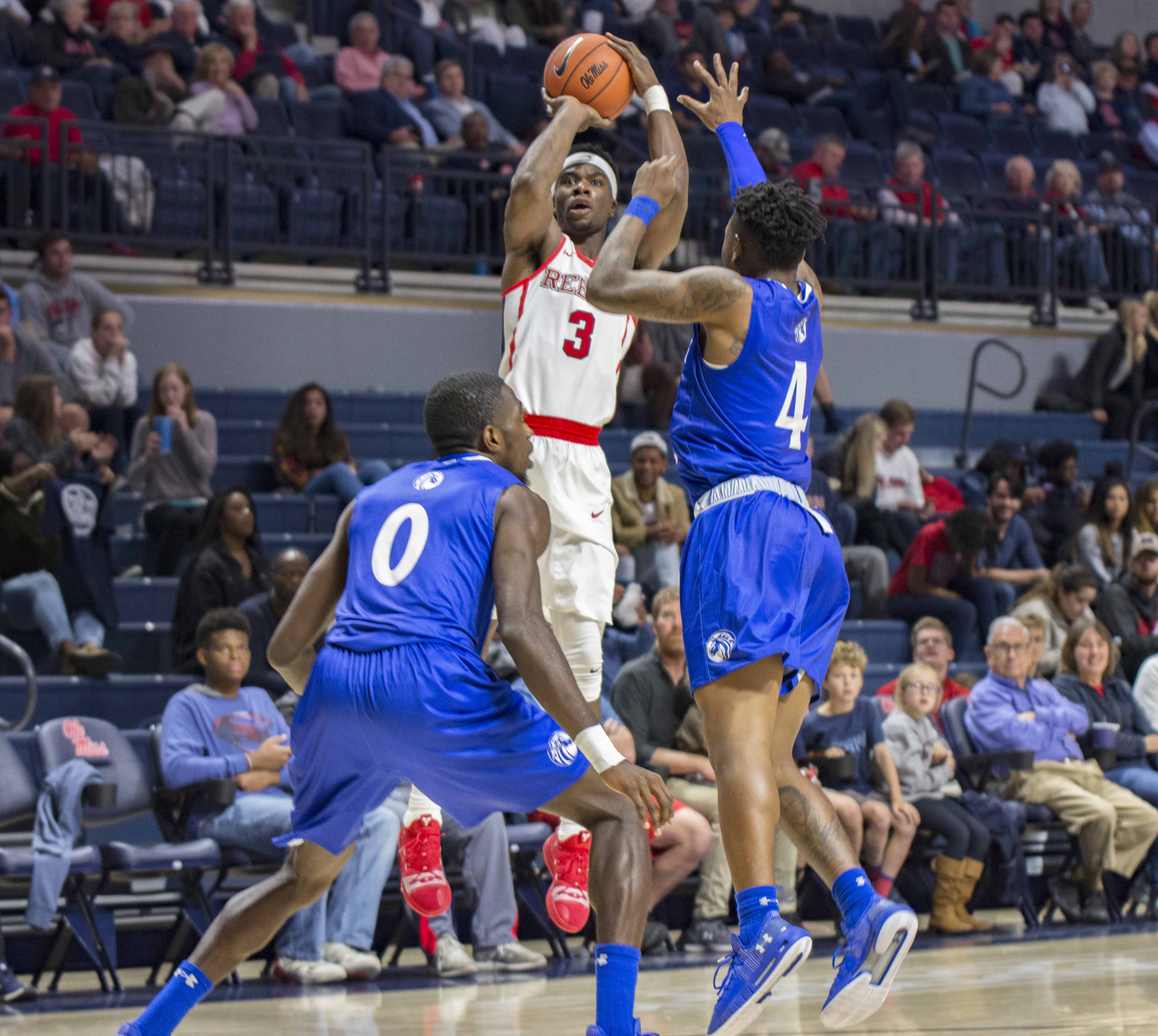In addition to requiring face coverings in all indoor spaces and implementing social distancing during the fall 2020 semester, students, faculty and staff will be required to participate in a daily COVID-19 symptom checker, a questionnaire that includes questions about symptoms and pre-existing conditions that could be affected by contracting the novel coronavirus.
The symptom checker is part of the university’s “Campus Ready” plan designed to assume daily operations on campus in the fall. Some conditions in the questionnaire include HIV, obesity, high blood pressure and others. The beginning of the questionnaire says that all responses are anonymous.
Chancellor Glenn Boyce released health and safety guidelines for the 2020-2021 school year on Tuesday, which also include mandatory, online COVID-19 training and compliance with CDC and national public health recommendations.
“The ‘Campus Ready’ plan reflects the collective efforts of dozens of faculty, staff and students, and I thank them all for their commitment to our shared success,” Boyce said in the email.
Before returning to campus, students will have to finish a training module about protocols on Blackboard. Employees will have to finish a similar module as well. Deans, chairs and other faculty will evaluate courses and decide whether each will be taught face-to-face, hybrid, remote teaching or completely online. Because of social-distancing protocols, many large classes using lecture halls may be shifted to an online platform because the space does not allow for six feet between students. For example, Coulter 211 has space for 199 people, but protocol would only allow for 40 at one time.
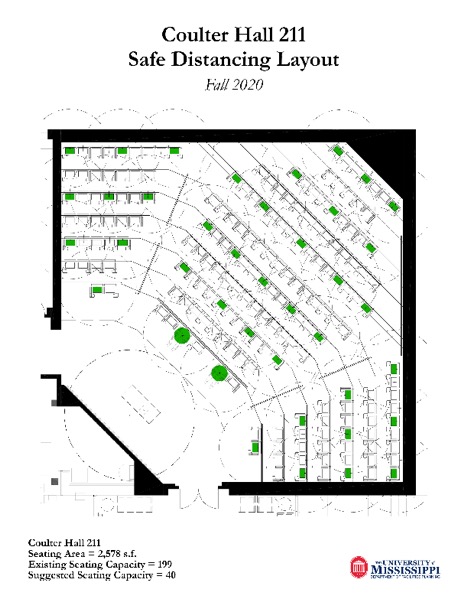
If a student or faculty member tests positive after attending a class, that space will not be used for 48 hours in order to be cleaned, and everyone who uses that classroom will be contacted. The libraries on campus will be open with adjusted operating hours and access to only some areas.
The university did not lay out any specific consequences for those who do not adhere to the guidelines set in the “Campus Ready” plan but said that those will be made available later this summer.
“While this plan is a tremendous body of work, we recognize that there are still many unanswered questions,” Boyce said in the email announcement. “Our planning teams continue to work diligently to chart the best path forward for the health and safety of our university community.”


